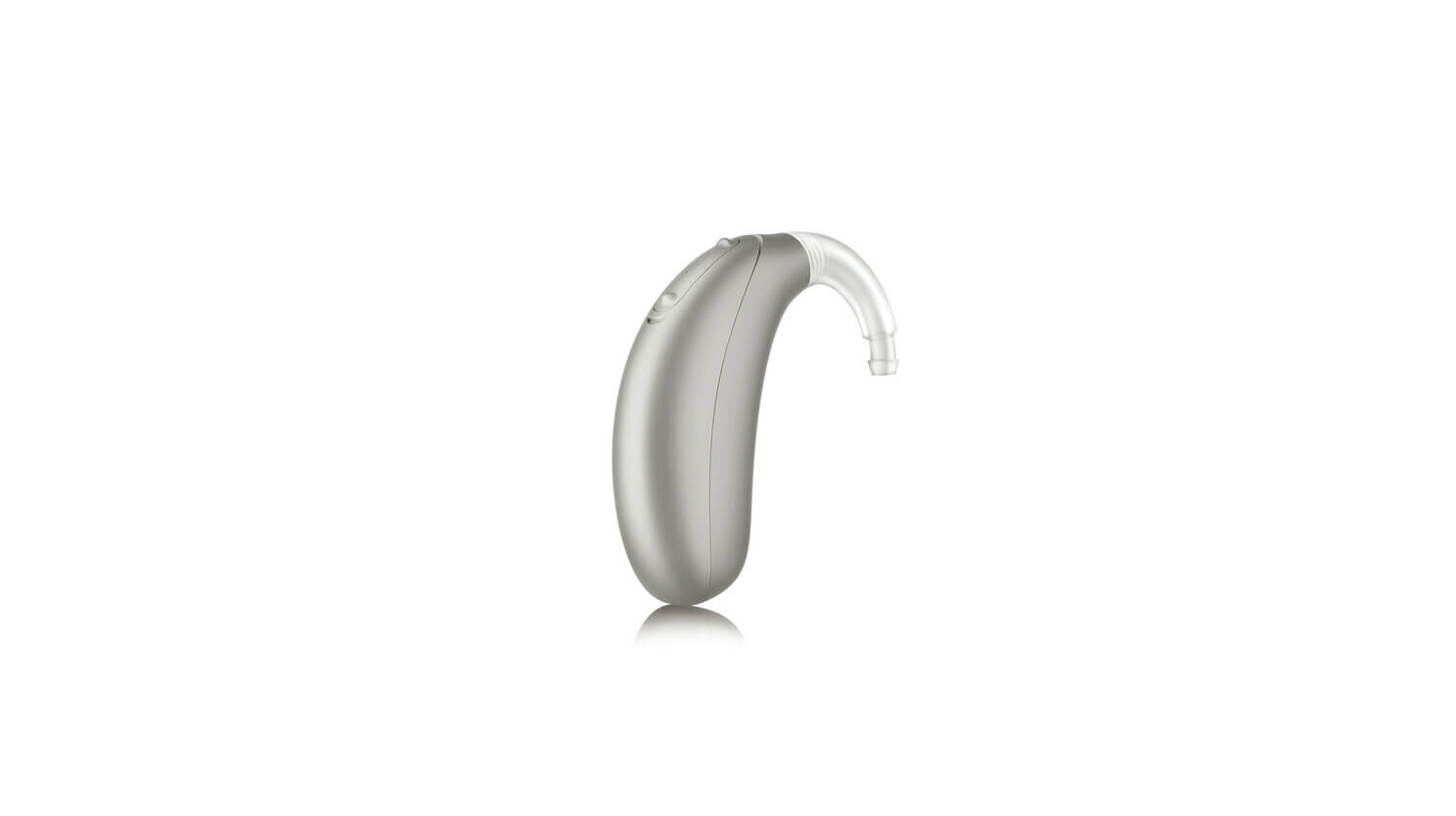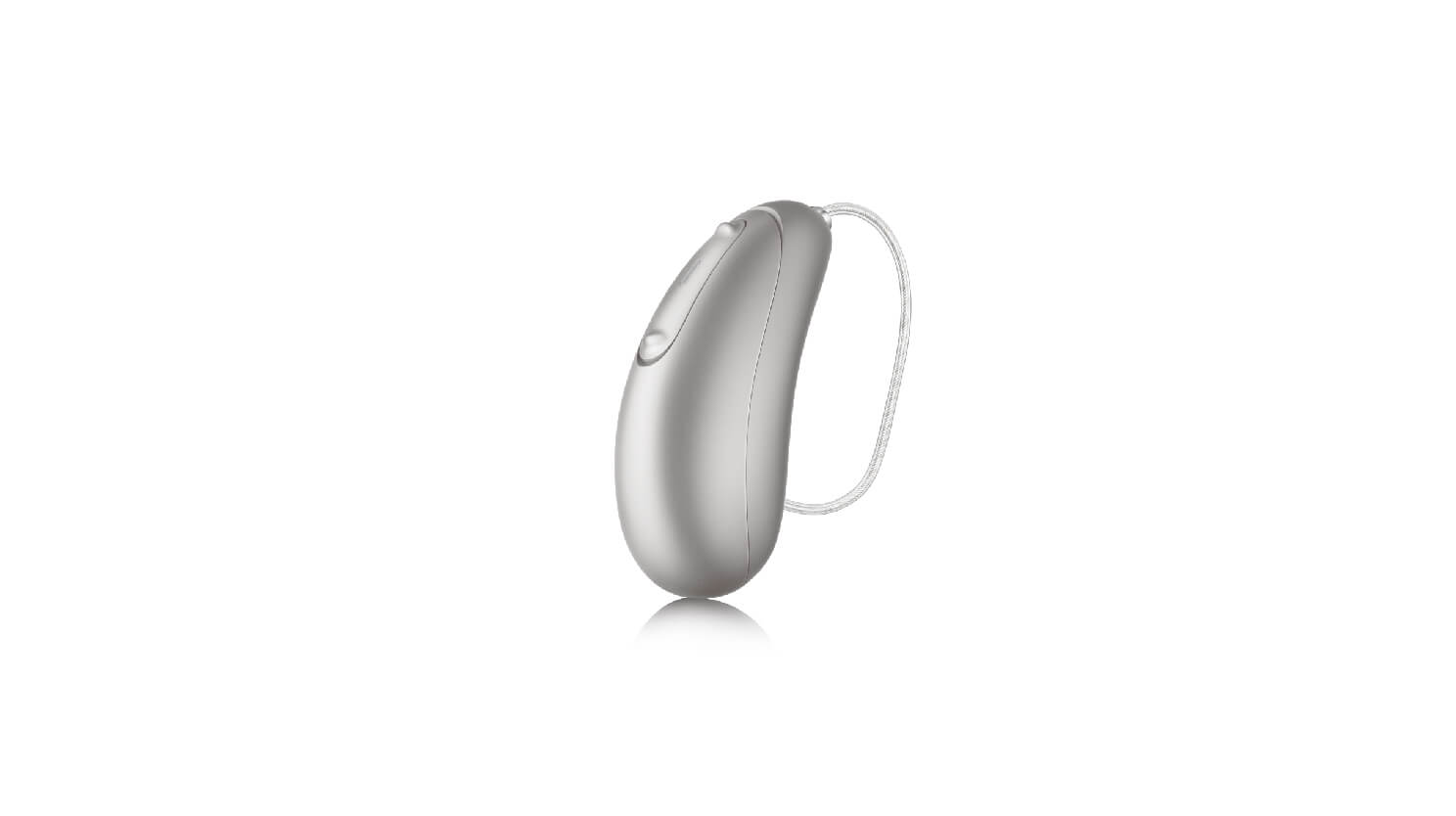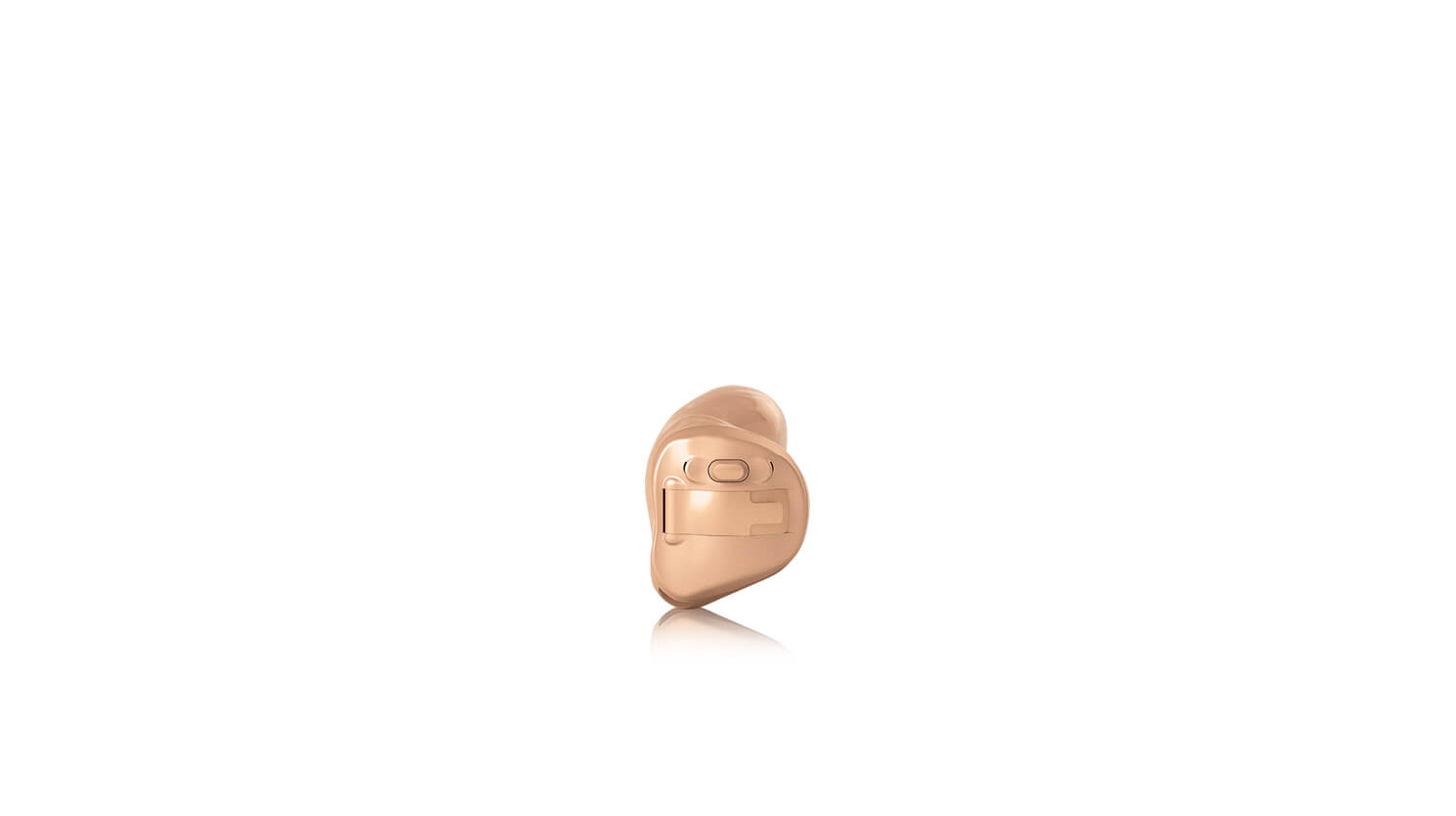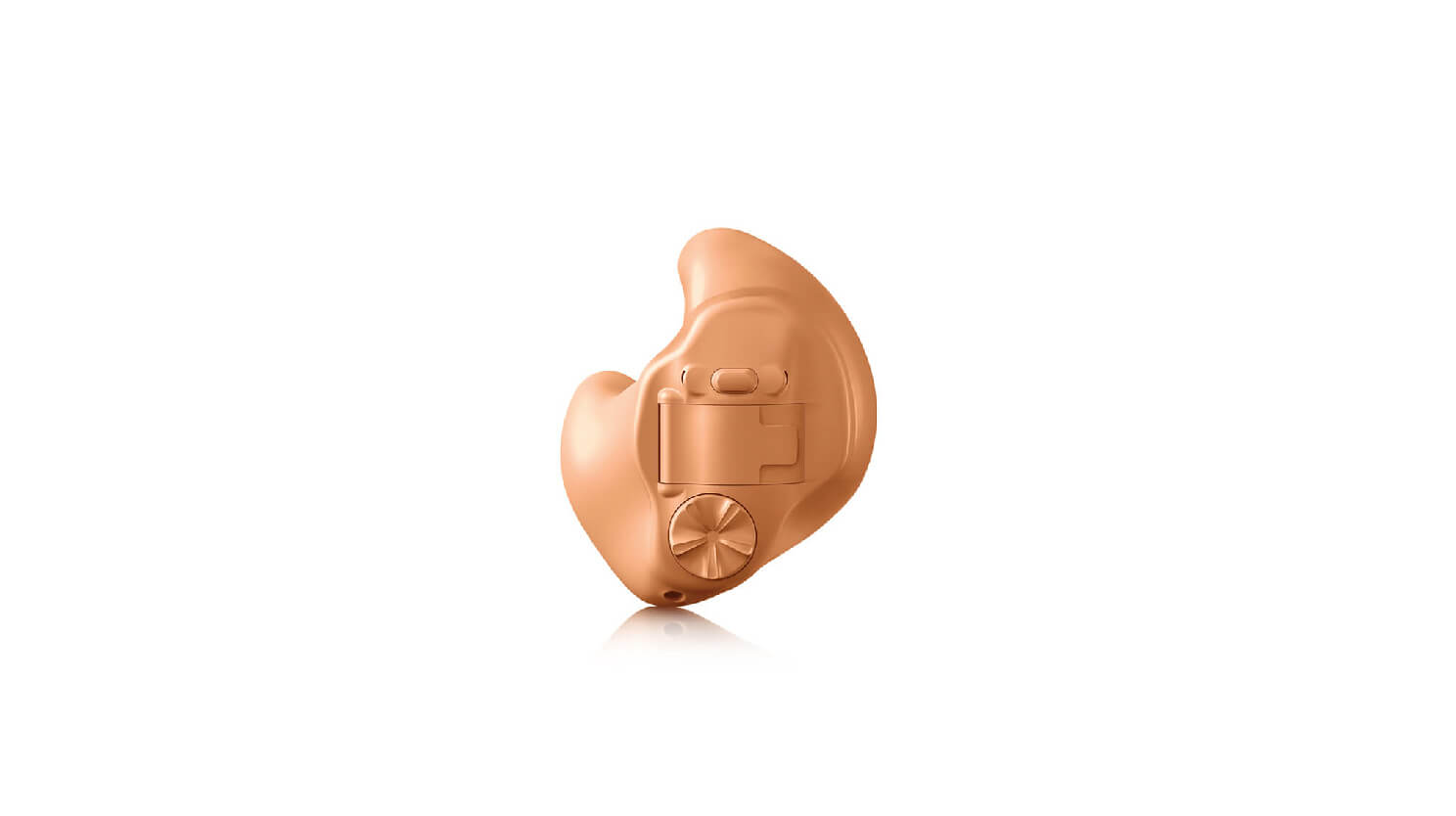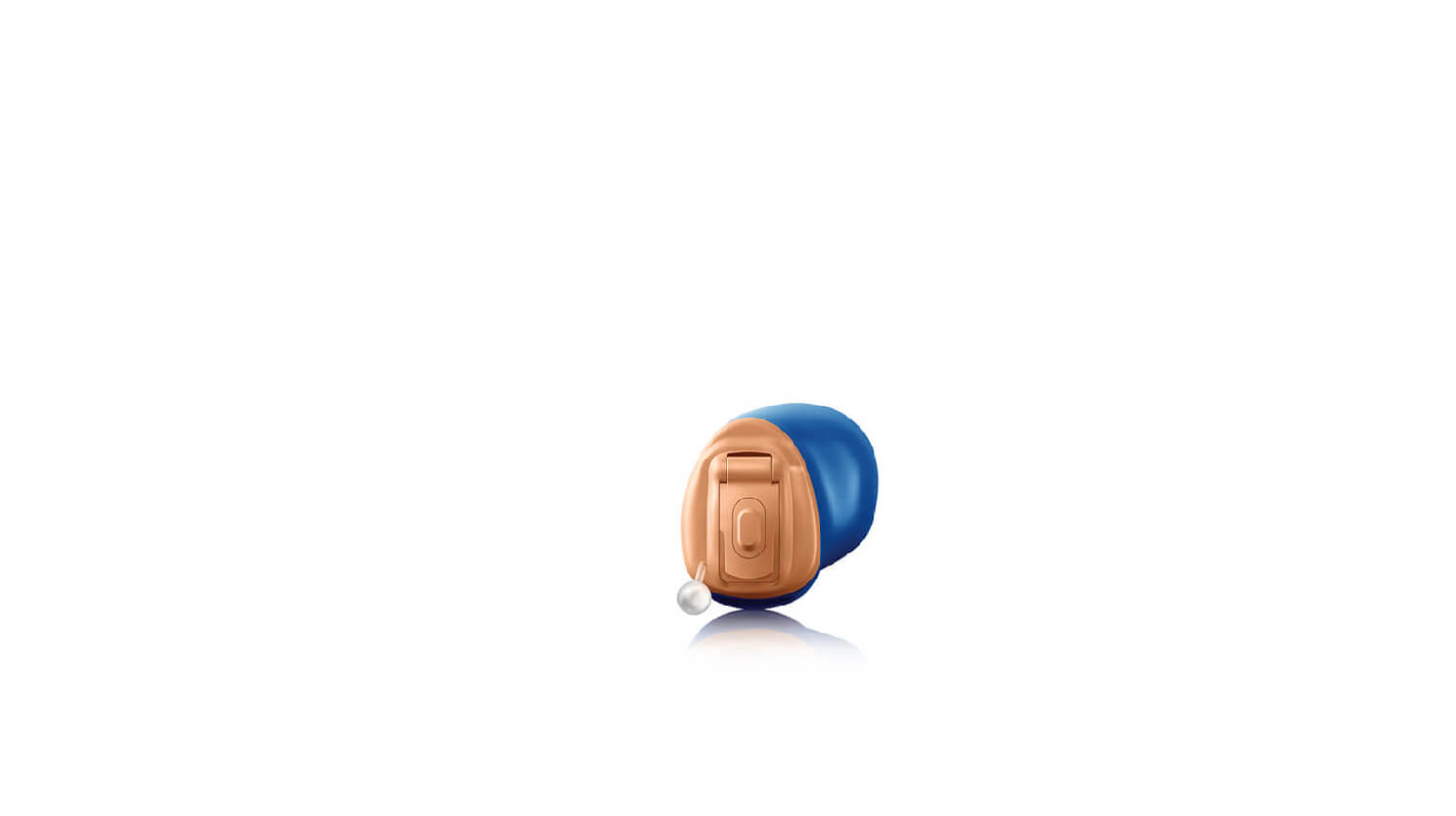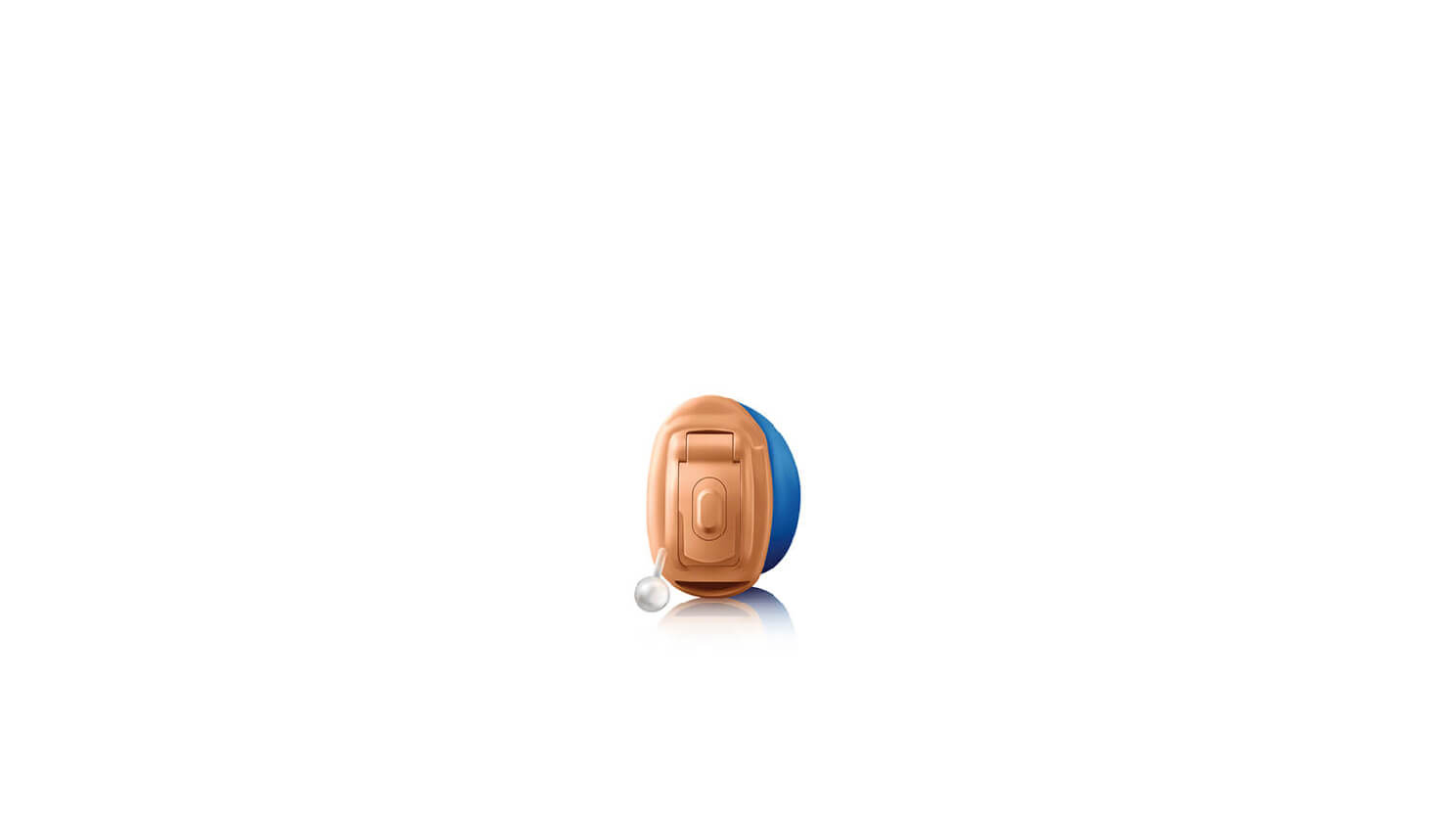Hearing Aids
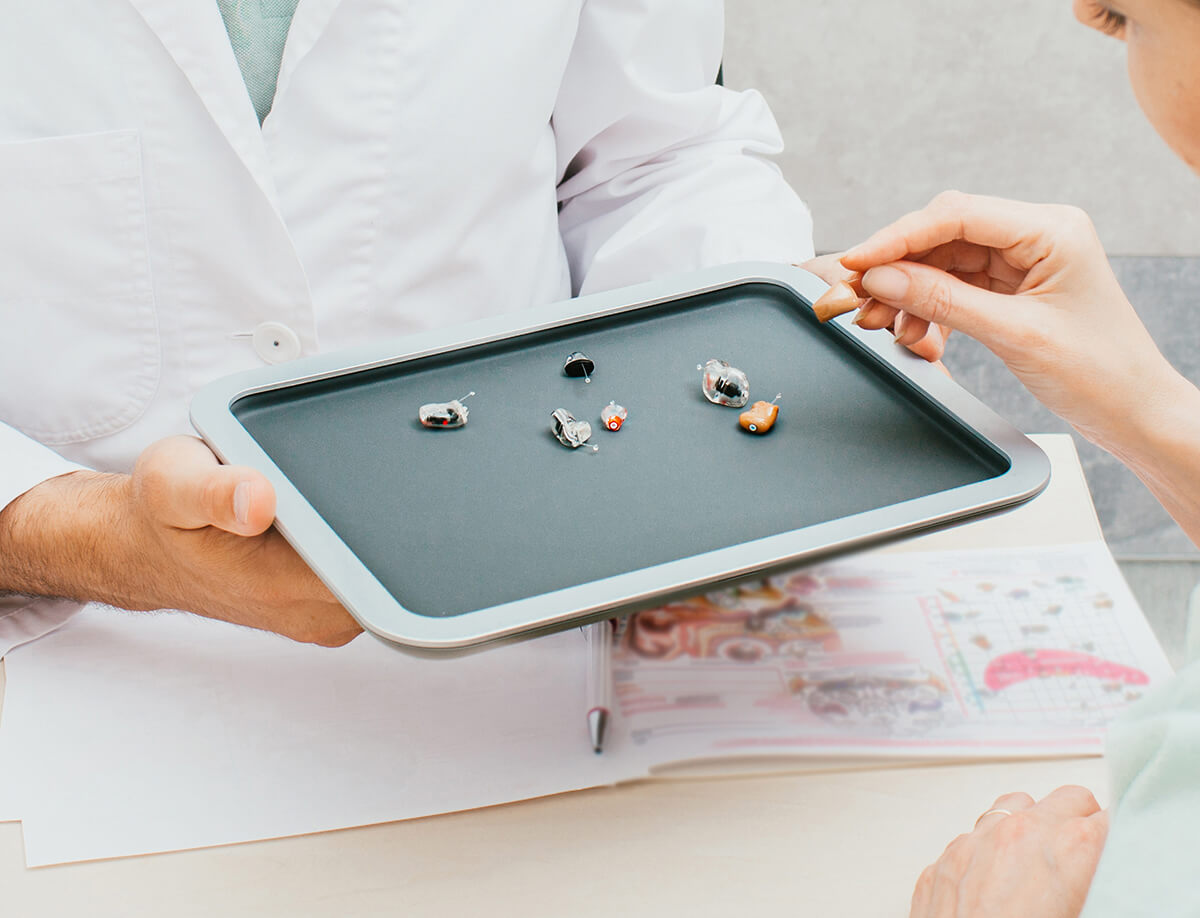
Hearing aids are modern pieces of technology that are designed to absorb, amplify, and process sound. This provides the ears and brain with ample support, making it easier to hear and communicate. Hearing aids have experienced tremendous innovation over the years. Today’s hearing aids offer a range of styles, technologies, and features that deliver enhanced sound quality, connectivity, and user experience.
At Ear to Hear, we will thoroughly discuss the range of features and technologies available to support your hearing health. Understanding how hearing aids work and knowing about a few common features can also help navigate your options.
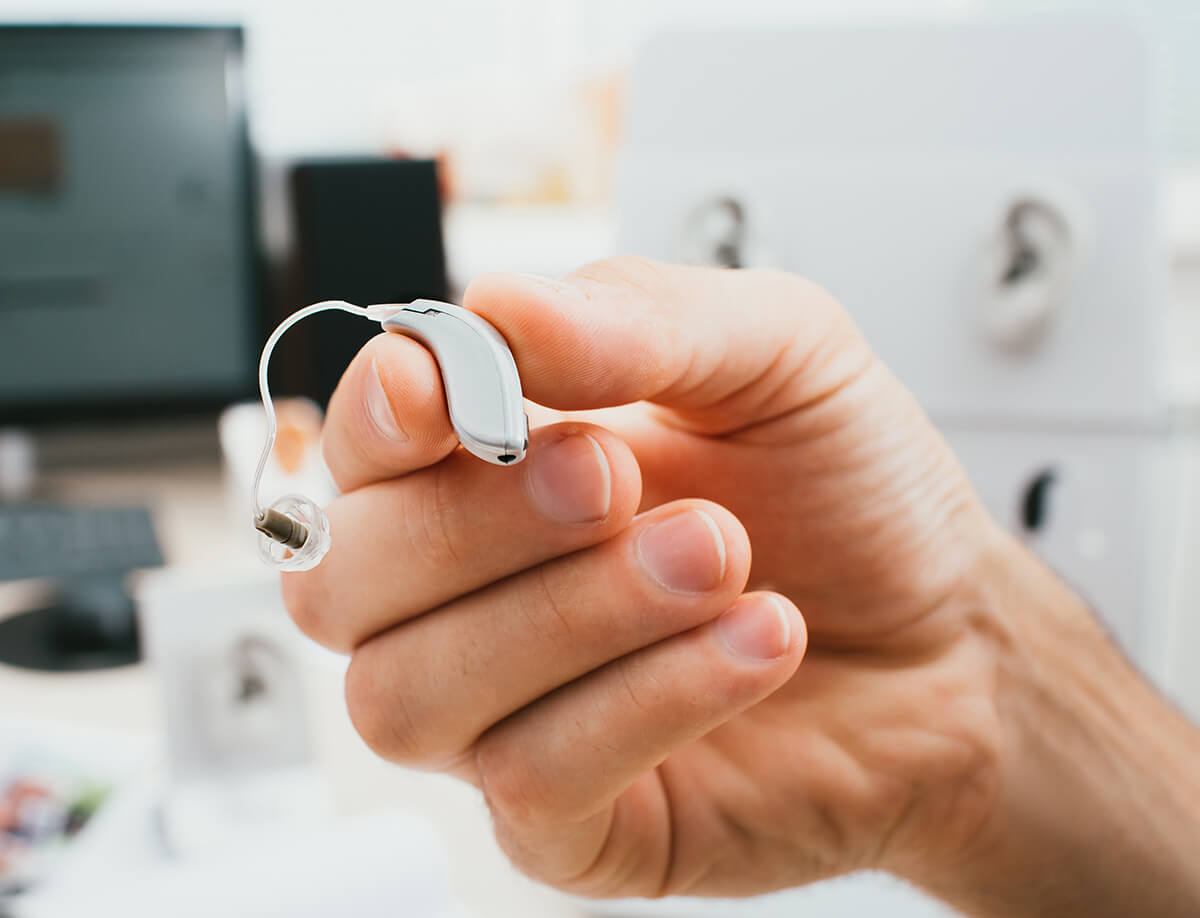
How Hearing Aids Work
All hearing aids work similarly. Hearing aids consist of the following components which allow them to process sound:
Hearing aids are powered by disposable batteries or a rechargeable battery. Hearing aids differ when it comes to style as well as features.
Hearing Aid Features
Similar to most electronic devices today, hearing aids have experienced significant innovation. Advanced technology has produced various features that allow hearing aids to do more than ever before. Common features include the following:
These are among the numerous features that today’s hearing aids offer. These features facilitate greater connectivity and help maximize one’s hearing capacity in all types of environments. We will walk you through the technologies and features that you can benefit from and thoughtfully discuss your options with you.
Hearing Aid Styles
Hearing aids come in a range of types or styles. This refers to how the hearing aid is worn which is informed by where the hearing components are. All hearing aids consist of the same basic components: microphone, amplifier, and speaker (also known as the receiver). These components are encased and worn in or behind the ear in specific places.
Behind the Ear (BTE)
BTE hearing aids are among the most common types of hearing devices used to treat hearing loss. These devices are designed to be worn behind the top of the outer portion of the ear. Hearing aid components are housed in a case that sits behind the ear. A thin tube connects this piece to an earbud or earmold that is worn in the ear canal. BTE devices are typically ideal for moderate to severe forms of hearing loss. There are a few types of BTE hearing aids including mini BTE and receiver in canal (RIC) devices.Mini BTE
A smaller type of BTE hearing aid, mini BTEs are also designed to be worn behind the outer ear with a thin tube connecting it to an earpiece that is worn in the ear canal. But unlike a BTE device, this earpiece doesn’t occlude the ear canal and is known as “open fitting” which allows airflow and sound to enter the ear. Mini BTEs are optimal for mild to moderate hearing loss.Receiver in Canal (RIC)
RIC hearing aids are a type of mini BTE. The key difference is that the speaker is located in a different part of the device. Whereas in a mini BTE, the speaker is in the compartment worn behind the ear; in RIC devices, the speaker is built into the ear tip which is worn in the ear canal. Because of this, RIC hearing aids are the smallest type of BTE device that is available. They are best for mild to moderate hearing loss.In the Ear (ITE)
These types of hearing aids are custom-made so that they fit comfortably in the ear. Each ITE hearing device is made based on a mold taken from the ear. All hearing aid components are placed in a case that is worn in the outer portion of the ear. ITE hearing aids are prescribed for mild to severe hearing loss. In addition to this type of ear hearing aid, there are a few others including: in the canal (ITC), invisible in the canal (IIC), and completely in canal (CIC) hearing aids.In the Canal (ITC)
Similar to ITE types, ITC devices are also designed to be worn in the outer portion of the ear but a key difference is a size. ITE devices include a full shell (with hearing aid components inside) that is worn in the entire ear bowl. This differs from ITC hearing aids which sit only in the lower portion of the outer ear bowl. ITC hearing aids are a good fit for mild to mildly severe forms of hearing loss.Completely in Canal (CIC)
These hearing aids are smaller types of ear devices. They are custom-made to be worn entirely in the ear canal. CIC hearing aids feature a small tip which is a handle that is used to carefully insert and remove the device. This type is best for mild to moderate hearing loss.Invisible in Canal (IIC)
IIC types are the smallest type of hearing aids available. They are designed to be worn deeply in the ear canal and are nearly invisible. IIC devices also feature a small handle so they can be inserted and removed daily. The deep placement in the ear canal means that the device is small and not as powerful as other hearing aid types. IIC hearing aids are best for mild to moderate hearing loss.Several factors are taken into consideration when selecting a hearing aid that will be best for you. This includes the type and degree of hearing loss, listening and lifestyle needs, aesthetic preferences, as well as budget. Our team works closely with each patient to navigate hearing aid options and to thoughtfully choose the device that will optimize hearing health in daily life.


